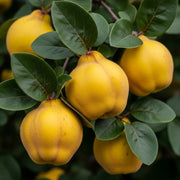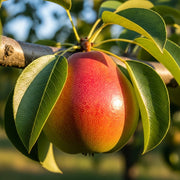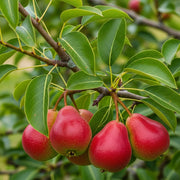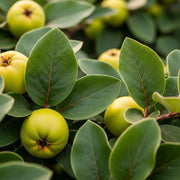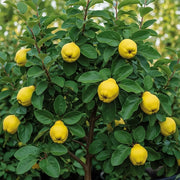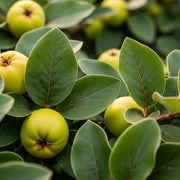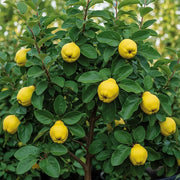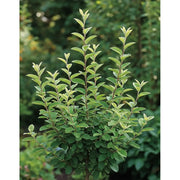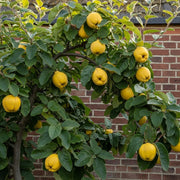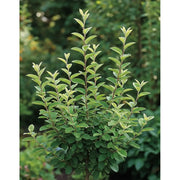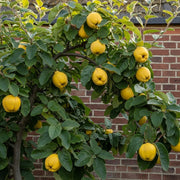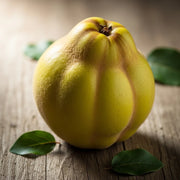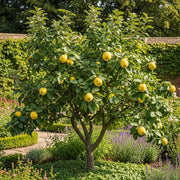Discover our exquisite selection of quince trees, perfect for cultivating delicious, fragrant fruit in your British garden. Enjoy their beautiful blossoms in spring and harvest the versatile quince fruit, ideal for making delectable jellies, preserves, and baked goods. Find your...
Discover our exquisite selection of quince trees, perfect for cultivating delicious, fragrant fruit in your British garden. Enjoy their beautiful blossoms in spring and harvest the versatile quince fruit, ideal for making delectable jellies, preserves, and baked goods. Find your ideal quince tree today and add a touch of tradition to your orchard.
